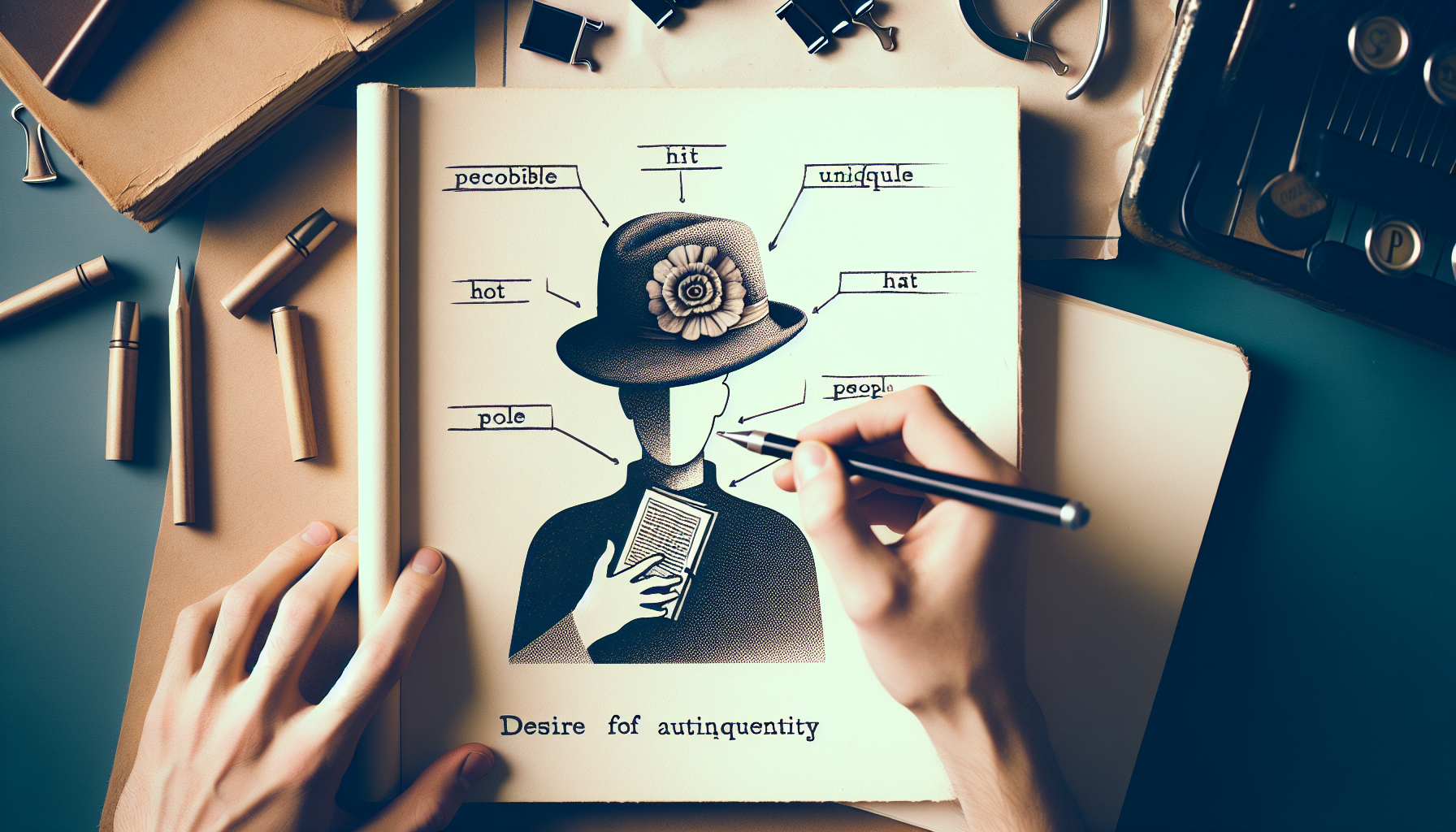Most people like to think of themselves as unique. We buy one-of-a-kind t-shirts, write poems in secret notebooks, and take photos of our cats in ever-stranger hats. The desire to be “original” is stitched deep into our sense of self. So, when faced with the uncanny capabilities of generative artificial intelligence—machines that can paint, compose, or write on command—many of us quietly wonder: can AI actually be original? Or is creativity, as we know it, the last human stronghold?
Let’s tilt the question a little: what does originality really mean, and do creative AI systems come anywhere close to it?
The Myth of the Virgin Idea
Suppose I ask AI to write a sonnet about traffic cones. Maybe it rhymes “orange zones” with “mobile phones” and paints a poignant metaphor for urban loneliness. Clever—but is it original?
But before we jump to judgment, let’s be honest. We humans are magpies, too. Picasso supposedly said, “Good artists copy, great artists steal.” Virtually every creative work—novels, paintings, pop songs about breakups—leans on what’s come before. We remix, recombine, and reinterpret. The completely unprecedented is, well, usually unrecognizable.
When an AI writes something new by blending countless old things, is it all that different from what humans do? When Shakespeare borrowed his plots from earlier stories, do we begrudge him his originality? Or is there something missing?
Inside the Machine: How Creative AI Works
Modern creative AIs, like GPT or image generators, are basically machines that have devoured huge piles of human-made content. They soak up trillions of words, millions of artworks, endless hours of music—then churn out results based on patterns, associations, and statistical likelihoods. In technical terms, these machines don’t “know” the world; they build models of what might come next in a sequence, given a prompt.
For example, when asked to generate a poem, an AI doesn’t imagine a feeling or recall a memory. It simply predicts, “What would a poem, given all I’ve read, look like next?” That’s not quite the way Keats did it, is it?
Yet sometimes, the outcome is eerily striking, funny, or beautiful. AI produces work that surprises even its creators. Suddenly, it seems as if newness—a signature of originality—emerges from the soup of learned data.
Is Surprise Enough?
If AI-generated art can catch us off guard, does that make it original? Maybe. Some philosophers (and exasperated art critics) argue that surprise—a break from the predictable—is a decent yardstick for creativity.
But originality isn’t just about unexpected sandwiches (“Here’s a painting of Julius Caesar juggling sushi, riding a skateboard”). Originality, we sense, also involves intention. It’s the deliberate drive to convey meaning, question convention, or reveal something about the world or oneself. When Kafka wrote about men turning into insects, he meant something by it. Or at least, we hope he did.
AIs do not intend to mean anything, no matter how poetic their outputs. They lack not just self-awareness, but *aboutness*. For them, a phrase is just a phrase, a melody just a series of notes, a painting just pixels arranged to please algorithmic taste testers. So, while the surface may shimmer with novelty, the depths remain unmoved.
The Social Side of Originality
There’s another angle to consider: originality is awarded, not self-declared. As philosopher Margaret Boden has suggested, originality often relies on a social context. A work is original if it’s new and valuable to a particular audience, given what that audience already knows.
From this angle, it doesn’t really matter *what* generates the work, as long as we humans find it fresh and meaningful. If an AI’s sonnet stops us in our tracks—forcing us to see traffic cones (or city life, or loneliness) in a new way—aren’t we justified in calling it original?
Maybe. But the question nags: is the credit for originality the AI’s, or does it belong to the programmers, the prompt-writers, or even the generations of human artists whose work the AI processed? It seems the more we look, the more originality starts to look like a collaborative effort—however reluctantly the humans get along with their digital colleagues.
Limits and Possibilities
Of course, AI creativity is not without boundaries. While algorithms can remix and rehash in mind-boggling combinations, they’re limited to the data and methods we give them. AIs don’t have bodies, cultures, or histories. They don’t fall in love, stub their toes, or harbor grudges against former math teachers. Their output, while vast, is fundamentally second-hand.
But then, so is much of our own. Our lives, relationships, and even dreams are shaped by those who came before us. The difference, perhaps, is that each human filters their influences through the sieve of lived experience—no two are alike.
Yet, as AI systems advance and sprawl out into surprising new territories, maybe our definitions need tinkering. If an AI crafts a new style, inspires a movement, or simply delights us in ways no one expected, do we say it’s become original? Or do we redefine originality itself as a quality that sometimes, just sometimes, happens when the machine meets the mind of its beholder?
Final Thoughts, Served Lightly Toasted
Originality, then, might not be a property that belongs *in* a work at all. Perhaps it flickers into being only when someone, somewhere, notices and feels a jolt of recognition—or astonishment. Whether it arises from poet, painter, or pile of computer chips, is almost beside the point.
So the next time your screen spits out a limerick about existentialist dinosaurs eating kale, pause before you wonder “could a machine really have done that?” Instead, try this: marvel that we live in a world where such oddities erupt, point your cat-loving camera at the result, and add your own tiny remix to the ongoing human-AI collage. Who knows—originality may not be what we thought, but it’s still worth chasing, even if we’re sharing the path with silicon.

Leave a Reply